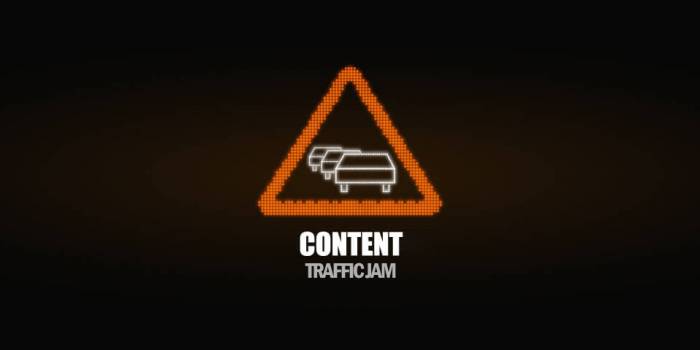The cancellation of major trade shows, conventions and events has prompted companies and brands to switch to a digital presentation of their newest products. Many of those brands have turned to live streaming in order to deliver the “live experience” to their audience’s homes or to editorial offices. However, an online press conference or web-based product launch should offer more than just a simple broadcast of moving images. This is particularly true for special and demanding target groups such as media, investors and also generally for B2B communications.
The cancellation happened at very short notice. Only two days before the first press day, the organizers of the Geneva International Motor Show announced that one of the most important trade shows of the industry would not take place. As a result, many car manufacturers moved their product presentations and world premieres online. They presented their latest models via livestream.
In general, livestream formats are a good way of providing media and other stakeholders with content and information they cannot obtain in person. However, demands of modern digital PR and communications won’t be satisfied by simply showing videos and presentation slides. The quality of information, the experience of that content, and the framework for its presentation have to perfectly fit together – just like at a physical event.
Rule of thumb: A digital premiere does not necessarily have to be expensive. However, it can only be effective if you give it as much attention to detail as you do with a conventional product launch. This applies to the preparation, the content, the protagonists and the “information logistics”. Only a true multi-faceted digital experience can come close to an in-person experience – a plain broadcast of images will certainly not.
Diversity is king
A modern and powerful tool for live PR offers professional users additional and in-depth information in a wide variety of formats. And it presents this information in context, on a proprietary platform with a proprietary setup, in a multimedia manner and in top quality. In addition, there should be download and magazine areas, high-quality photos of protagonists and products, video clips, prepared quotes (or even entire transcripts) as well as detailed fact sheets.
The diversity of the content not only provides a wide and ideal working basis, but also takes into account the native integration of the content on the stakeholders’ individual communication channels.
UX is queen
Apart from the content aspect, modern PR platforms convince by providing an intuitive and compelling user interface. The decisive factor here is a visceral experience – regardless of whether users access the platform on a desktop or with their phone or tablet.
Interactive elements are equally important. Is it possible to show individual subtitles in the livestream? Is there an additional level of information that allows users to learn more about the product and the formation process?
Further usability criteria are multiple viewing angles in the livestream, search and filter options as well as the possibility to share content to other platforms by simply clicking a button.
Best practice: Mercedes me media
A modern PR tool for live communications can be compared to a digital content hub. While visitors at a classic trade show have to take notes and photos themselves and look and ask for additional information, the content hub is a place where all these assets are provided as a package.
A prime example is “Mercedes me media” – the digital media platform that has been developed by Mercedes-Benz in close collaboration with OSK. It is currently the most powerful tool for live PR and it offers journalists and other users a comprehensive service package, from speech transcripts to a snapshot function for generating high-res images. The application includes the audience authentically into the digital live event despite spatial separation. While some manufacturers simply posted pre-produced videos online after the Geneva Motor Show was cancelled, Mercedes-Benz used the “Mercedes me media” platform to vitalize a digital live press conference with appealing video sequences, engaging interviews and, last but not least, a real product presentation.
Mercedes-Benz is using the technological possibilities of this innovative communications platform even beyond Coronavirus-impacted situations. Early December 2019, the brand presented their latest compact car model, the new GLA, in a purely digital world premiere for the first time ever. The audience watched the product launch with augmented reality, had the possibility to switch between different camera angles, take snapshots of the livestream and turn on the speech transcript.
This first digital world premiere of the Mercedes-Benz GLA on “Mercedes me media” accurately underlines the digital transformation the brand is undergoing. It moreover showcases the vast possibilities the platform offers for modern digital PR.





